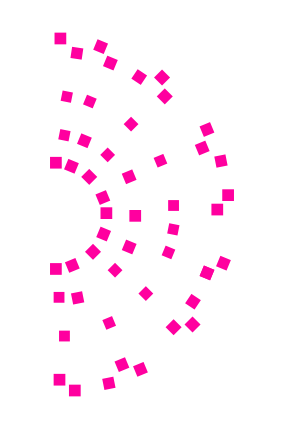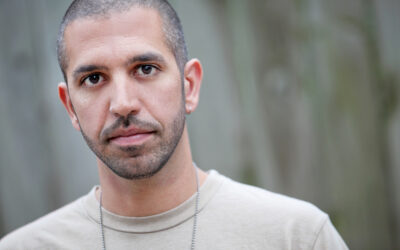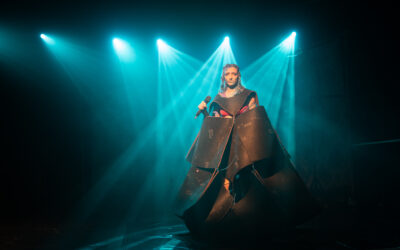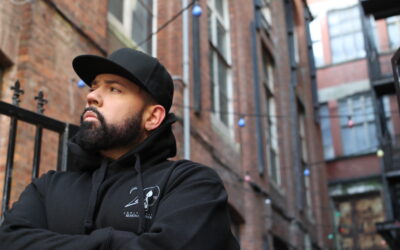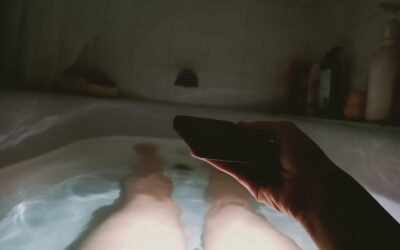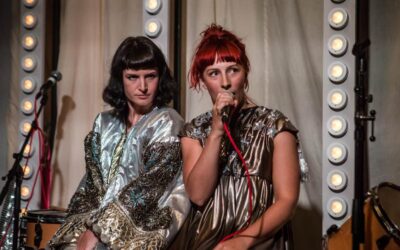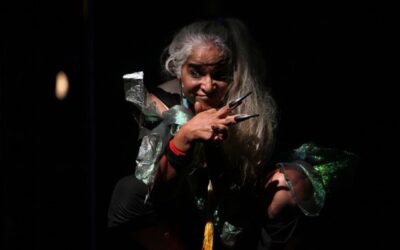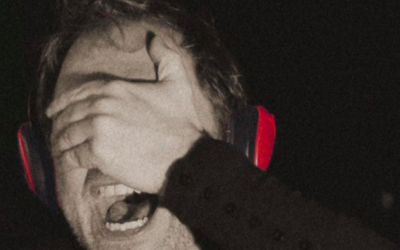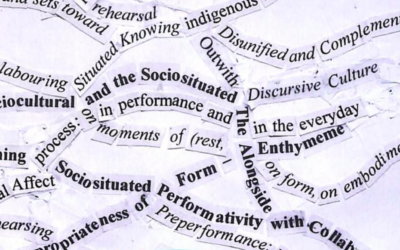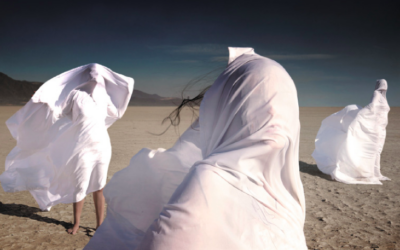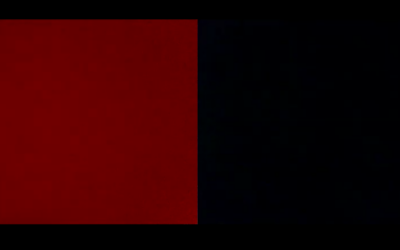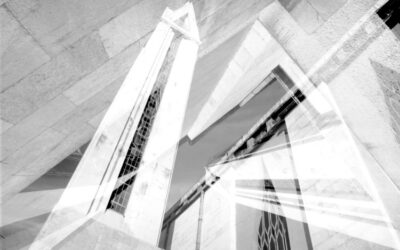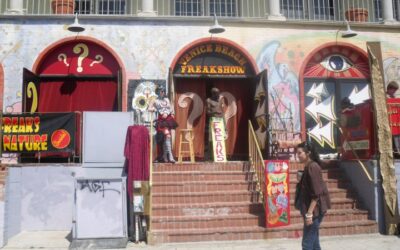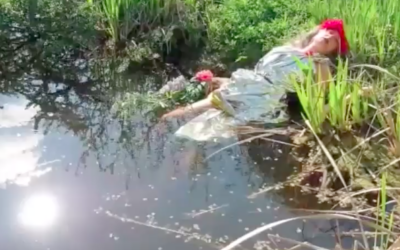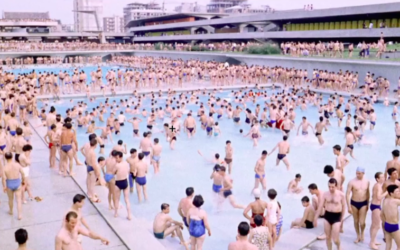#1: Introduction(s)
[I]f something is constructed, then it means it is fragile, and thus in great need of care and caution.
(Latour 2004: 246)
What if the invention of writing and its stabilization in print were not the single most important turning points in communication history, but only one of many technological turning points? What if scholars—whose lives’ work is dedicated to the written word—have overestimated its world-historical importance?
(Sterne 2011: 221)
Calling for a theory (or, more pluralistically, theories) of the sonic ought to acknowledge the terminological misfit, at least in etymological terms: sound objects are not contemplated at all, they are apprehended in ways other than the visual – the very framework and rhetorical resonances of ‘theory’ are potentially misleading and inadequate – and that theory itself must also proceed otherwise, with sound.
(Steintrager & Chow 2019: 6)
There isn’t a single definitive way of introducing the body of work that we are presenting to you at this point in time. Rather, this first ‘batch’ or ‘issue’ or ‘chapter’ – as we have variously referred to it – represents an illustrative cross-section of themes, topics, ideas and fruits of our labour following a six-month period of careful collating during the spring and summer of 2020.
It might be possible, perhaps, to unite our selection here under the umbrella of emergent methodologies in as far as methodology might entail considerations of ways of working, performance-making, creative innovation, research protocols, as well as methodologies of survival during the pandemic. Covid–19 has turned this project into an improvisation and imposed upon it fluidity, surprise and the dispersed logic of a dream. As researchers we have often been led to simply trust the flow and hope that it will all make sense in the end.
One way in which the methodological approach of this project crystallises itself is the emphasis on oral/aural research methodologies, which in this case entails new slants on the conventional forms of interview and dialogue, as well as the new methods pioneered by this project – oral introductions to academic books, and tours of the artists’ desktops and file archives.
As we harvest our insights and findings, we are getting closer to the sense of clarity, and with our initial selection of materials we hope to provide here for you a map of some co-ordinates, parameters and interstices of our multi-faceted field of research.
This is the first of five offerings we will share with you. The next four will follow in 2021. Please feel free to dip in, dive in or sample, and do let us know what you think, or pass on to friends and interested others.
Duška Radosavljević and Flora Pitrolo
October 2020
Works Cited
Latour, Bruno (2004) ‘Why Has Critique Run out of Steam? From Matters of Fact to Matters of Concern’, Critical Inquiry, 30:2, pp. 225-48.
Sterne, Jonathan (2011) ‘The Theology of Sound: A Critique of Orality’, Canadian Journal of Communication, Vol 36, pp. 207-225.
Steintrager, James A. & Chow, Rey (2019) Sound Objects, London and Durham: Duke University Press.
The Gallery
In the Gallery #1 we present six culturally diverse artists – Lucy McCormick, Silvia Mercuriali, RashDash, Maya Krishna Rao, JQ (Q Brothers) and Conrad Murray – all of whom have in common unconventionality in their approach to performance-making, appetite for experimentation and a strong interest in compositional innovation. Whether it is pop (McCormick), rock’n’roll (Krishna Rao) or hip-hop (Murray and JQ) or a healthy mixture of all of those (RashDash), with a bit of soundtrack thrown in (Mercuriali), these artists have all in their own specific ways contributed to dramaturgical innovation in the process of making theatre and performance. The form of the in-depth interview we present here – following the arc of our interlocutors’ careers from their formative influences to their present work – grants a rare quality of insight into how an artist’s imagination and methodology is formed over time and over diverse encounters and experiences. We are interested in artists, in how they see and hear the world: we allow the artists themselves to talk about their processes and performances as a way of surveying the field from the inside.
Theatre as a Sample-Based Artform: An Interview with JQ (Q Brothers)
Tricking the Audience into Watching Performance Art: An Interview with Lucy McCormick
All from the Mouth: An Interview with Conrad Murray
Putting a Different Spin on the World through Sound: An Interview with Silvia Mercuriali
Between the Big and the Small Picture: An Interview with RashDash
The Chord that Opens Up the Subconscious: An Interview with Maya Krishna Rao
The Library
Our final offering – Library #1 – features a series of introductions from the authors to academic work in the field which we seek to reason alongside in this project: Lynne Kendrick and Silvija Jestrović provide generous and insightful glimpses into their volumes on theatre’s aurality and on the performativity of authorship respectively, taking us into the heart of why the sonic dimension of theatre matters so much in the contemporary moment. Lynette Hunter reflects on how performance is made from materials that are not-known, and on what understanding this does to how we – as makers and scholars of performance – produce and navigate knowledge.
The Salon
In Salon #1, we convene a series of theoretical, critical and reflective conversations. Here we hold the space for dialogic improvisation between academic collaborators instead of convening the more common conference mode of moderated panel discussion. In Ella Finer and Urok Shirhan’s exchange we hear Zoom shift from the sphere of the conference to the sphere of radio, from private talk to broadcast; Julian Henriques and Andrej Mirčev invite us to think about how all call-and-response contains some form of productive or destructive conflict; in Katie Beswick’s salon with Javon Johnson we consider how popular musics can reflect urban space and maybe pre-figure urban utopias. What this first set of salons have in common is an interest in sound and space, and even place – always geographically rooted, always connected to the materiality of culture – and an acute consciousness of sound in its progression: you will not re-hear what just passed and you cannot pre-hear what will follow. Once again, we are asked to trust the flow and the unpredictable.
The Laboratory
Opening the space designed to take a peek inside the theatre-makers’ archives and desktops is our ‘aquatic’ Laboratory #1 featuring the making-of documentaries of Silvia Mercuriali’s Swimming Home and of Sleepwalk Collective’s Swimming Pools. Both are creations by artists whose work has tested the limits of what fits inside and outside the theatre and has always treated physical and sonic space as malleable and ultimately tied to how we choose to imagine and represent it. Mercuriali reminds us that metaphors of water always oscillate between liberation and fear, lightness and weight, light and dark – a duality we have to get used to in this time, and incidentally also as we move through natural cycles from summer towards winter.
